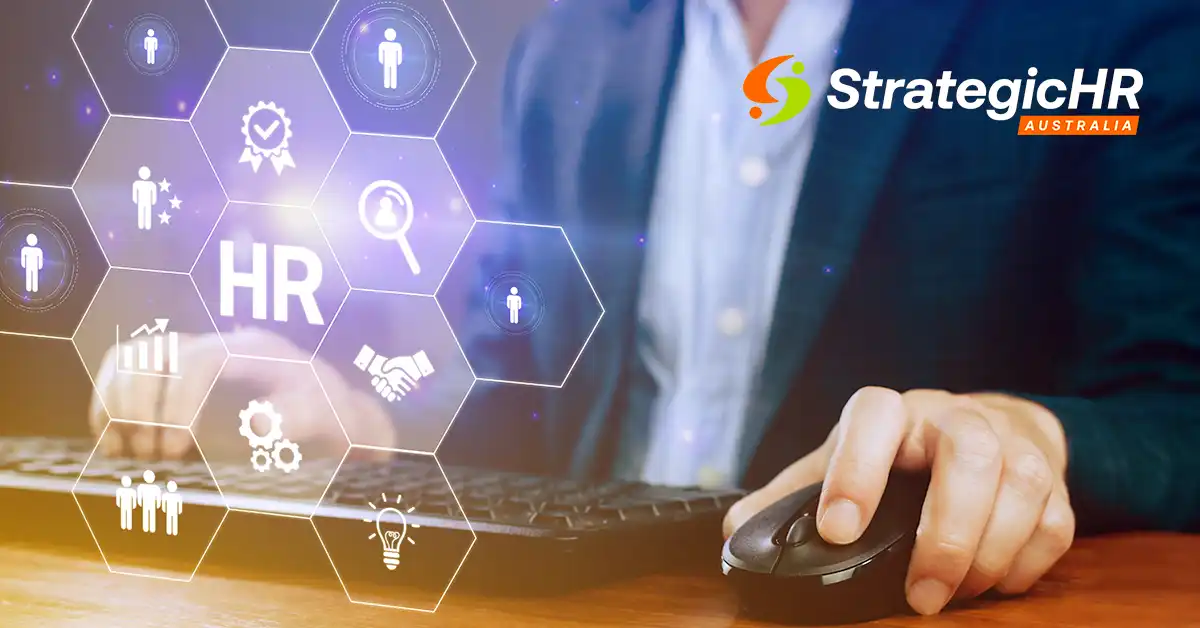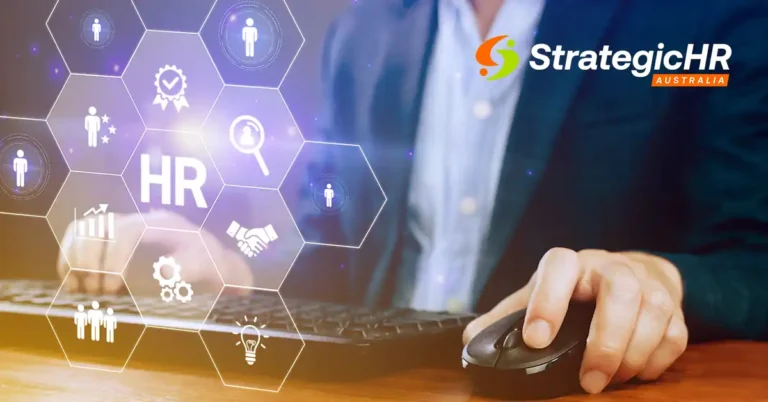As organisations focus on employee development and culture, artificial intelligence presents both opportunity and risk. The way AI is introduced can strengthen or strain workplace culture — shaping whether employees feel empowered or replaced.
Forward-thinking employers now recognise that AI readiness itself is a vital component of professional development. Teaching staff how to work confidently and ethically with AI tools not only builds capability but also fosters trust and inclusion, key ingredients of a healthy culture.
The Adoption–Training Gap: AI Use vs Capability
Recent surveys show HR is one of the frontline domains for AI deployment — often in discrete, tactical roles — yet the deeper challenge is ensuring the people side can keep pace. According to a Dayforce-commissioned survey, although 74% of Australian workers believe AI skills will matter soon, fewer than 20% have actually received AI training (published by The Australian on 8 October 2025). That creates a dangerous “confidence gap”: leadership may assume staff can adapt, while employees feel underprepared or excluded.
This imbalance matters for culture, trust and engagement. If AI tools are introduced without corresponding investment in learning, employees may feel judged by “black box” algorithms rather than supported by them. It also risks creating a two-tier workforce — those comfortable with AI, and those left behind — undermining both culture and retention.
You’ll see the same pattern in other fields, where adoption is fast, but deeper literacy and usage lag behind. The question is: can HR lead the change, or be pulled behind by it?
The Rise of “Human Quotas”: Keeping Humans in the Loop
While the AI race accelerates, a new idea is emerging from the governance side: human quotas. At the recent Gartner HR Symposium, analysts predicted that by 2032, many economies will require minimum human involvement in critical processes — effectively mandating that algorithmic decisions include meaningful human input (published by Business Insider on 10 October 2025).
This concept arises from growing concerns about over-automation, loss of accountability, bias in AI systems, and the ethical dimensions of decision-making. In the HR context, it may translate into policies such as: no fully automated hiring decisions or performance ratings must be reviewed by a person. The aim is to preserve human judgment, ensure transparency, and protect fairness.
A recent case highlighted by HR Daily illustrated why this matters. In that incident, an organisation used AI to generate internal communication that misrepresented staff sentiment. The issue wasn’t the technology itself, but the culture surrounding it — leaders had allowed convenience to override authenticity. It’s a cautionary example of how quickly trust can erode when AI is used without clear values, transparency, or human oversight.
This is precisely where “human quotas” — or, more broadly, a human-centred governance mindset — can make the difference. Culture, not just code, must drive how technology is used. As AI tools become embedded in daily workflows, the role of HR will be to ensure they reflect human ethics, not replace them.
The Robert Half 2025 Findings: Where HR Stands Now
The Robert Half September 2025 study, AI and Automation Now Firmly Entrenched in Finance, HR and Technology Departments, provides valuable context. It found that while 85% of HR departments are using AI and 82% are using automation, only 27% have fully integrated AI, and 23% have done so for automation. Most use cases remain task-based, like job description optimisation (58%) and résumé screening (54%).
However, the next wave of adoption is more strategic. 44% plan to use AI for exit interviews and offboarding analytics, and 42% for compensation benchmarking. On the automation side, 39% plan to automate learning and development processes. Robert Half describes this as a “clear strategic evolution” — moving HR from reactive efficiency to proactive, insight-driven leadership.
For SMEs, the message is clear: you don’t need full integration overnight. Start with low-barrier tools that reduce admin burden, then scale into areas that add long-term strategic value — like learning, analytics, and employee development.
Building AI capability isn’t just a tech initiative — it’s a culture strategy.
When employees understand and trust the tools they use, AI becomes an enabler of growth, not a source of fear.
Incorporating These Into Your Strategy
Invest in AI literacy first. Before deploying a tool, ensure your managers and HR team understand how it works, its limits, and its risks.
Define your human involvement rules. Even if “human quotas” aren’t legally required yet, establish clear internal guardrails about what decisions always need a person.
Start small, scale smart. Pilot AI for recruitment or screening, measure outcomes, and only then expand into higher-impact areas like development or compensation.
Audit for fairness and bias. Regularly review AI-assisted outputs for unintended discrimination or skew.
Communicate transparently. Show employees how AI is being used, involve them in its evolution, and ensure they can question or appeal outputs.
Stay ahead of regulation. Being proactive with governance builds credibility and trust long before new laws arrive.
The Human Element: Culture, Trust, and Learning
Ultimately, the success of AI in HR won’t hinge on technical precision, it will depend on culture. Businesses that invest in AI training as part of employee development, encourage open dialogue, and model ethical leadership will see stronger engagement and trust. Those that don’t risk creating fear, inequity, and fragmentation.
AI can be a powerful driver of efficiency and insight, but it will only ever be as good as the culture that shapes it. Growth, for individuals and organisations alike, happens when people are supported to learn, adapt, and lead responsibly.
Key Takeaway
AI in HR is no longer optional — it’s becoming foundational. But its value lies not in replacing human judgment, but in enhancing it. The organisations that will lead are those that balance capability with oversight, innovation with integrity, and automation with humanity.
As workplaces evolve, so too must our understanding of what it means to lead responsibly.
At Strategic HR Australia, we believe the future of work belongs to those who combine technology with humanity — because clarity, confidence, and care are still the best tools we have.







